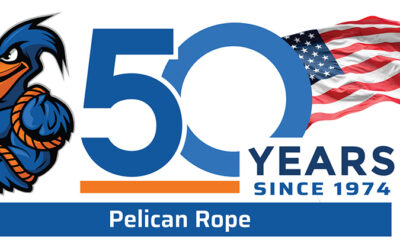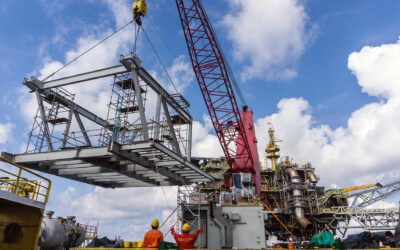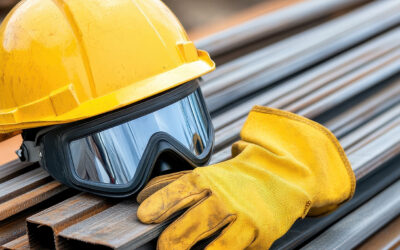Where would we be without the construction industry? Thanks to hardworking people from all walks of life, we’re fortunate to have well-paved roads, new bridges and filled-in potholes to greet us every day and make our lives easier. It’s no mystery that this industry is a dangerous one, though, with workers regularly being at risk for many injuries due to precarious heights, heavy equipment and having to work in any and all weather conditions when the time calls for it. Capable safety regulations and rigging equipment are essential, as well as routine implementation of important habits for day-to-day work. Read on for details on construction safety training, U.S. regulations and necessary rigging equipment for the standard construction environment.
Safety Statistics
Did you know there were over 480,000 non-fatal injuries found related to construction jobs in the U.S.? The leading cause of fatality in the construction industry are falls and it caused OSHA (Occupational Safety And Health Act) to begin training companies in the 1970s in slip, trip and fall safety. A basic standard that’s been passed for any job site is that workers who are six feet or more above lower levels are at risk and must be properly protected by employer laws. OSHA even discusses other less common but no less dangerous occurrences like electrocution and cuts in its courses, with prevention being its key goal. Fall protection courses are essential in implementing everyday habits that keep employees safe in dangerous working conditions.
What To Look For
Construction related accidents often happen because of equipment that isn’t up to par. The most basic equipment for preventing injury are hardhats, steel-toe boots, gloves and fall arrest systems. Fall arrest training is done to explain the functions of the connecting devices and anchorage systems used to prevent damage, as the best equipment means little if the user doesn’t know how to make it work. When estimating the finances a job will require, safety equipment should always come first as well as the proper, up-to-date tools used at the job site. There are multiple ways to protect workers from falls, such as installing guardrail systems, safety nets and regularly implementing basic training. Riggers are also used to making tripping less common, with rigging equipment a well-known standard for any construction environment. Look over your company’s rule set and consider investing in OSHA fall protection training for your company today — it’s a tried-and-true system that has kept employees safe for decades.




